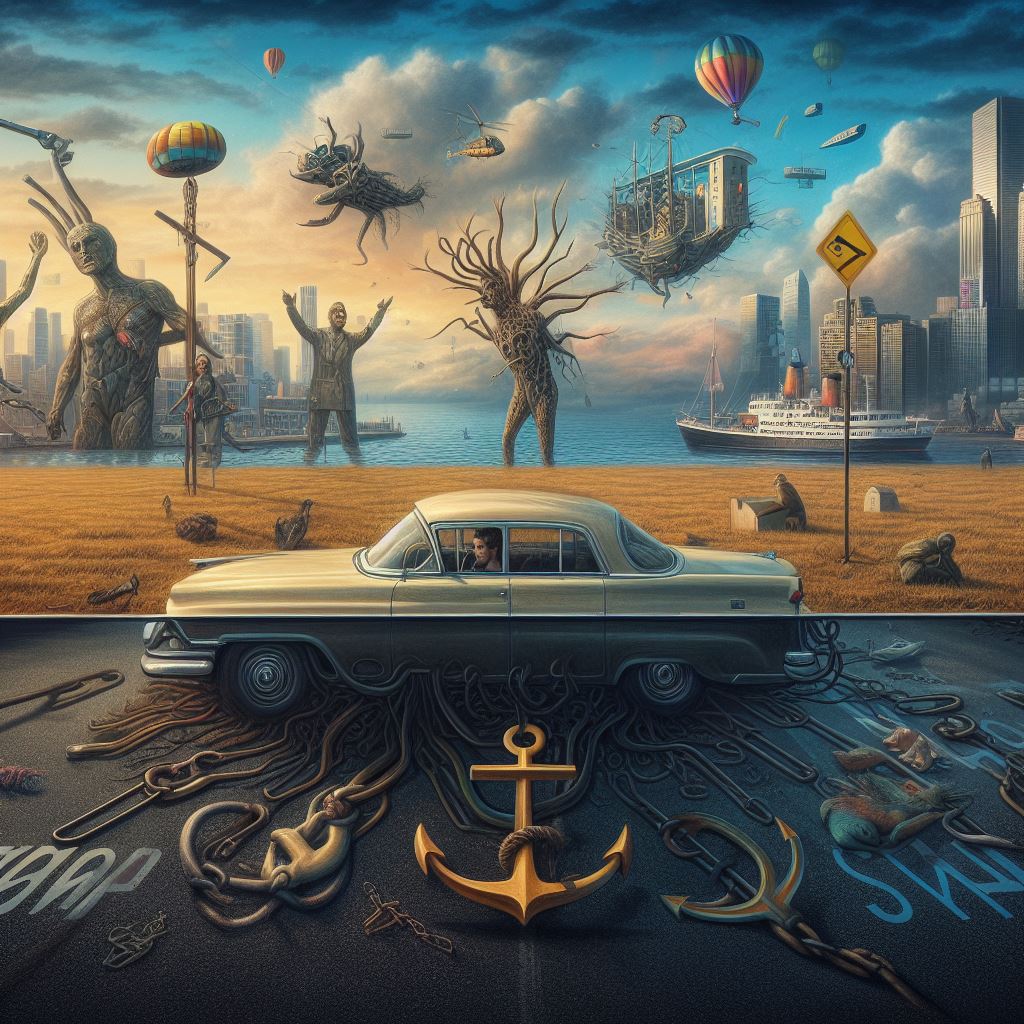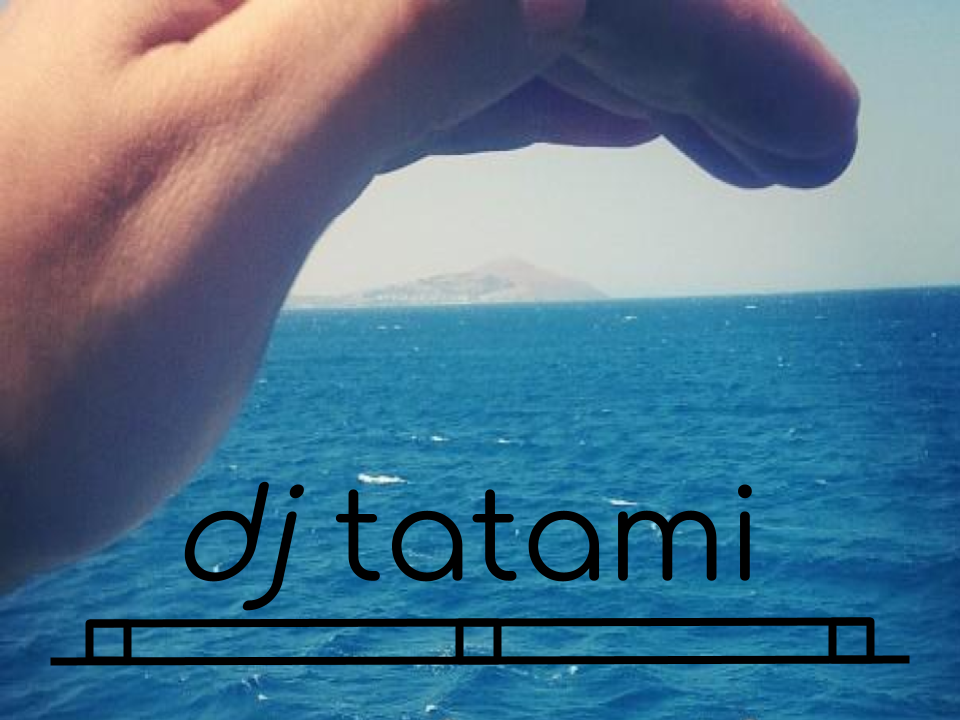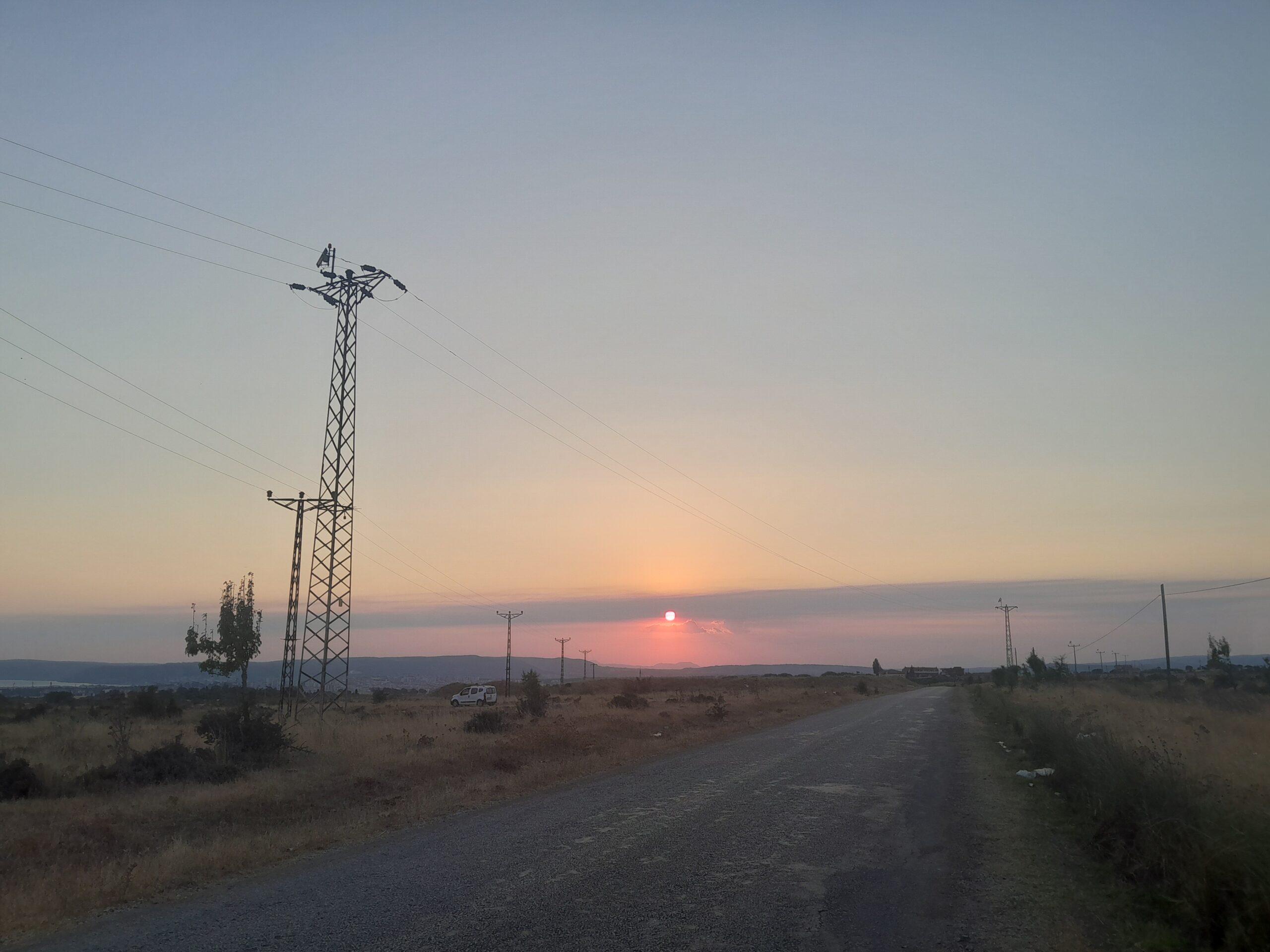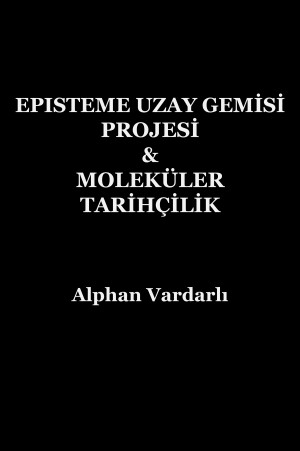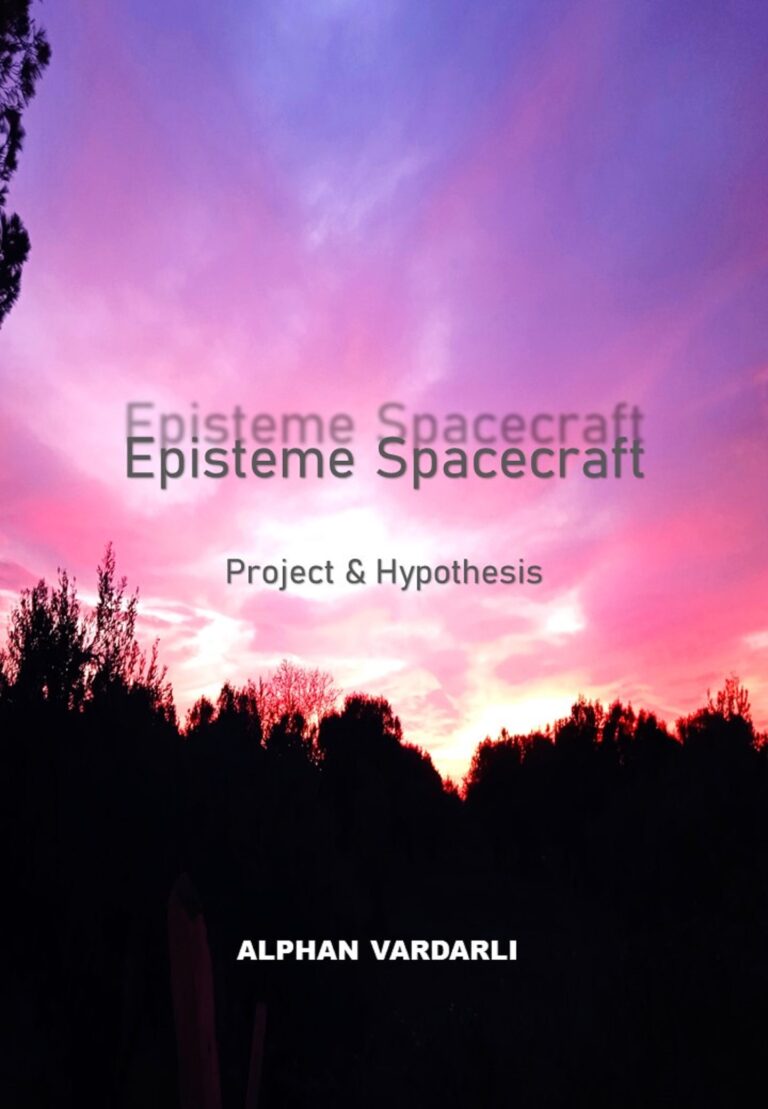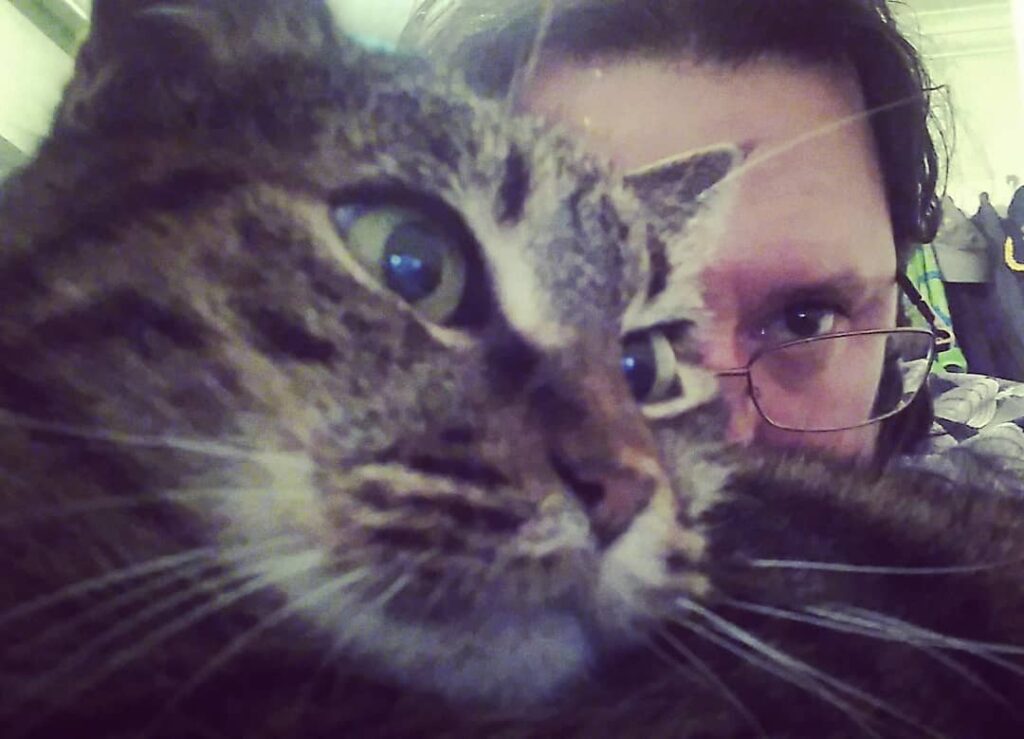 alphan
alphan
Kaset Disko
Kaset Disko; Müzik Kasetleri Dinletisi Müzik kaseti çalınırken, dansa davet eden ve müzisyenler sanki orada, o anda çalıyorlar duygusu ile çok iyi hissedeceğiz. Kaset dinletisinde sanatçıların zevklerini bütünüyle duyup, zevkle seçilmiş albümlerine yükselip dans edeceğiz. Hi-Fi müzik kasetleri, Panasonic walkman kasetçalarlar, Mackie analog bir ses mikseri ve iki Klipsch hoparlör ile yola çıkacağımız bu müzik … Devamını oku
nft
Descriptioni am an artist and researcher.i take photos, paint, write poetry.this drop consists of 7 areas.scanned negatives of color and b&w film photographs from circa 2000.the original drawings of an animation i exhibited in 2019, the drawings were made circa 2002.calligraphic scribbles black markers on notebooks circa 2008.digital art made by ms paint in 2009.oil … Devamını oku
Denemeler
Evren bir hücredir!Yaşamın moleküllerden RNA’ya ve daha sonra DNA’ya nasıl dönüştüğü ve amino asitlerin nasıl kabuklandığı hala bir muamma, dahası evrende bir İtalyan lokantası arar gibi yaşam arayan bizler için dünya dışında yaşam ve zeki varlıklar halen bir soru işaretinden başka bir şey değil.Yaşamla beraber düşünmek varken onu öldürmeye programlanmış metalin ve çeliğin rüyalarını görüyor … Devamını oku
uzay gemisi nasıl yapılır
Episteme Spacecraft hipotezi, tüm canlıların evrensel simbiyozunu ve DNA’nın bu ilişkiyi şekillendirme ve anlama rolünü çalışmak için DNA’yı ana değişken olarak kullanmayı önerir. Bu hipotez, DNA’nın çevreyle etkileşimi sayesinde mekansal boyutu içselleştirdiğini ve bu nedenle 3,5 milyar yıldır Dünya’da hayatta kalmayı ve uyum sağlamayı başardığını önerir. DNA, bir işletim sistemi ve programlama diline sahip bir … Devamını oku
karanlıklar aydınlığa
Geçen zamana aşıklıkyıllar yıllarmasalar hep dostlarla güzelölümsüz muhabbettir umutgüzel zaman candıryaşam, her bir canın hayatıbirlik bunun ortaklığıdünya dünyam olduadaletim temiz bir sunerede yeşil onu ararımsürülmeye sürülsün toprakgüneşte dalgalansın yaprakama yok gönlümde huzuraslım kendini menzilde bulurve gelgitlerime düşer tasarımların gölgesikaranlıklar aydınlığakaranlıklar aydınlığasadece hakedenesadece hakedenehiç değilim ben desem de hiçlik anlarımdabu cesaretin yalanını sorgular dururumve aklımda bazen … Devamını oku
En soğuk kışlarda sığınak kurduran,
ışıldayan pırıltı Bir bahar çocuğunun neşesi Dünyanın sevgisi bir basamak ya da başıboş gezenin yatağı Acizlikte ihanet edilen dünya artık kazanılabilir
Episteme Spacecraft Project
DNA as a code can control the shape of the DNA, the shape of the body, and by evolving in different habitats it learns from 3D space by internalization of what is external. Such a code has concepts of 3D space, the order of things and temporality. It is the most successful code having survived … Devamını oku
gargle it down
bicycle bellsand never setting suna beer or threewash it downsmell the sweetiodine on the wrinkledcanal watersyeswash it downwhat an unfortunatebetrayalthese last roundslock keymemorybrainbrainbrainand homelaugh with the deadwithout dyingwhy don’t youplay the game…why don’t youplay the game.not that thenight is everto die. Foreveris our feast.Hungry are my eyesseeing them hungryeyes looking at mehow deep be these … Devamını oku
The winds uncharted soul
illuminates the sunsof our winter.How long this longing shall stretch?castles they are building nowand within walls of icicles,fate they will want to decide.All is with love,All is with love…metal cables and odourless siliconeAll is with love,All is with love…But symbolic beingsbelieve in systematic beginningsFor always too late to wake up, for too late theyfigure;So passes … Devamını oku
Bless the patron of power.
Then ahoy fertility, ar-ar the meaning of boundless, the propagation of what is chosen from purple, the un-importance of how little the small brilliance is, it’s unique place amongst every billionth of shining, variable; the undying fire in every furnace. Prettier when left alone and moreish, this partnership is a unity as the expression of … Devamını oku
This one man a dub
Heed whom call themselve a-prioriThis not care if one in a billion peopleAs we return to crafts, folk and landOn the white world ruinThey StumbleThey a yelling me, myself and in my shoesYet no one there not even a themWhere we turn, we turn for purpose, for compassionA lost plea, a lost lot at a … Devamını oku
Rise
RiseOlive in the skyRays of hopeLaughingA chance of a chanceDoing because livingLiving because doingNo causa-suiyet we are alive in one
Alphan Vardarlı
ExhibitionsMixed Exhibition, Ekim Geçidi Çanakkale (18.), Çanakkale, Turkey, 2019Personal Painting Exhibition (Continuous), Yalı Hanı Han Kahvesi, Çanakkale, Turkey, 2018-2019Mixed Exhibition, Ekim Geçidi Çanakkale (17.), Çanakkale, Turkey, 2018Mixed Exhibition, Ekim Geçidi Çanakkale (16.), Çanakkale, Turkey, 2017Mixed Installation Exhibition, Derler ki Sergisi, Various Cities, Turkey, 2017-2018Personal Painting Exhibition, Turkish Culture Ministry Gallery, Çanakkale, Turkey, 06.2016Mixed Painting Exhibition, … Devamını oku
hi
The glimmer shining in the coldest of wintersTo set up shelterThe joy of a spring childThe love of the worlda stepping stone or a wanderer’s beda world betrayed in helplessnesscan now be won


